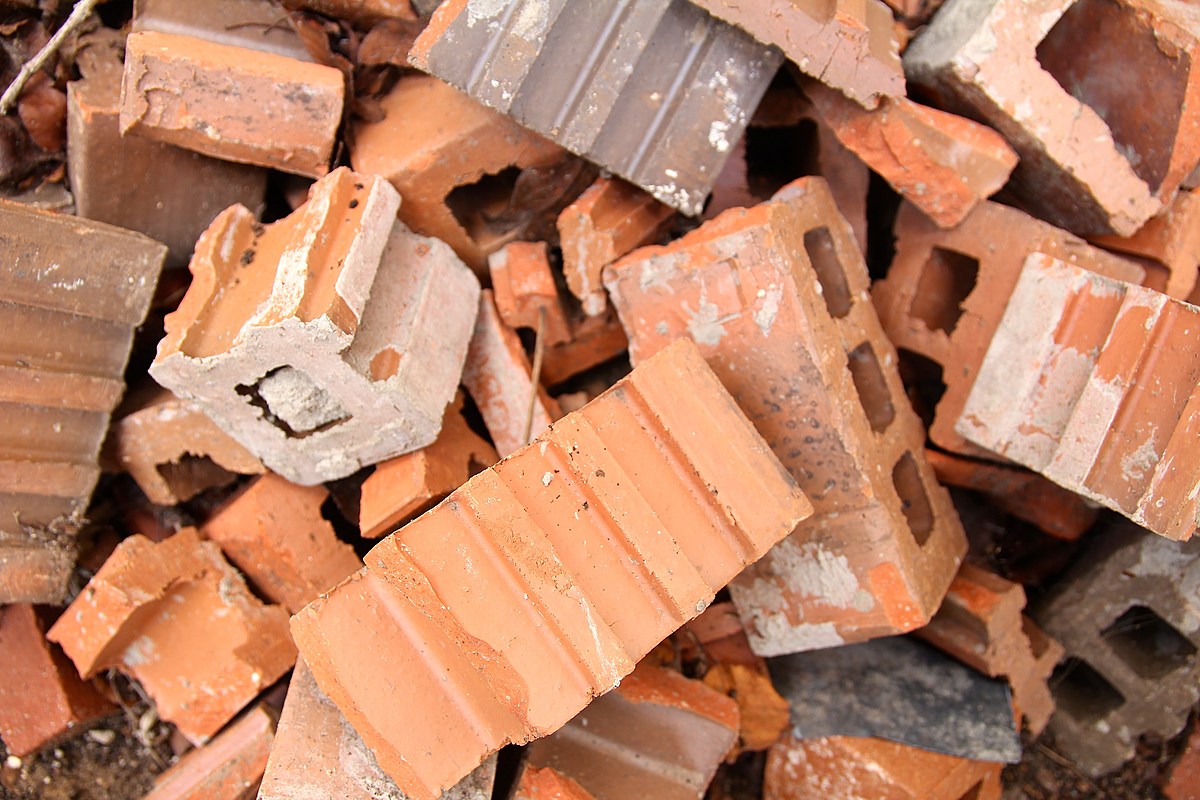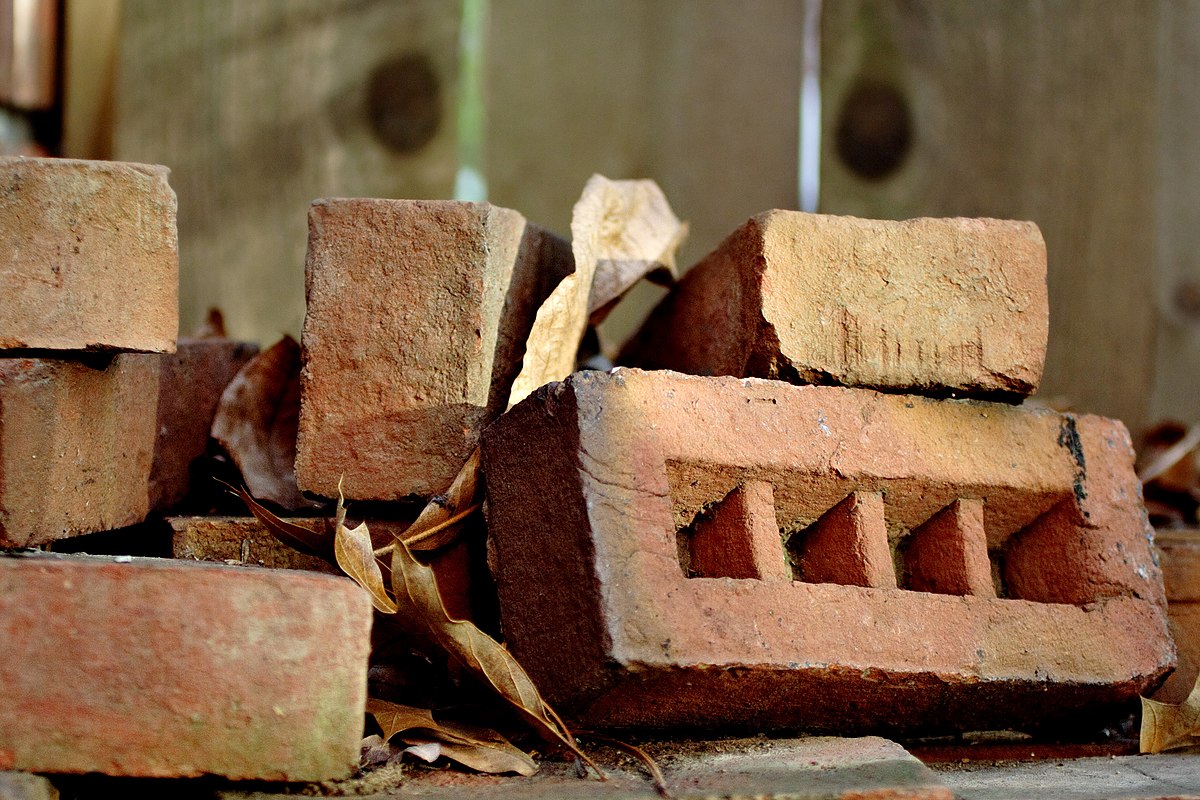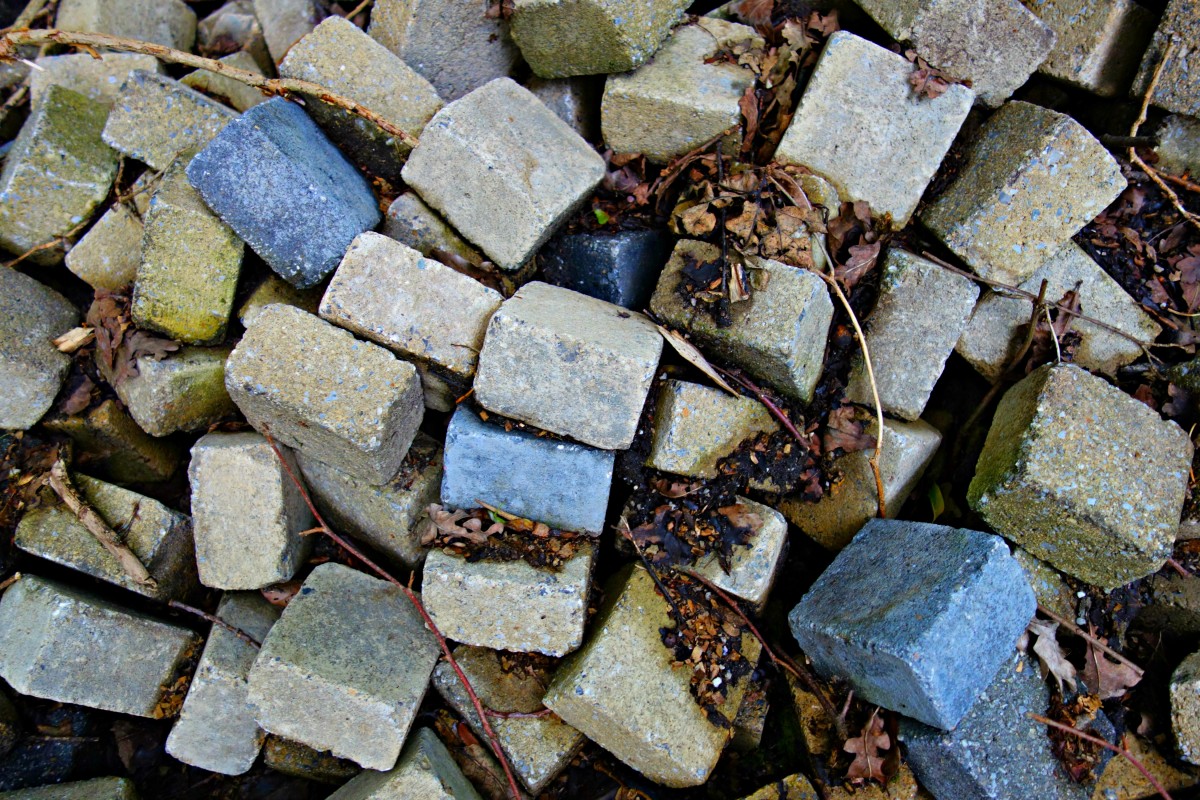chrome Magnesite Bricks compositionmagnesium material has the advantages of high refractoriness, high temperature resistance, strong resistance to alkali slag and excellent thermal stability. It is also compatible with acid slag. It is widely used in the firing area of cement furnace and RH furnace of molten steel purification key parts such as bottom tank and circulation pipe and various types of furnaces of copper smelting furnace. The following is an introduction to the service environment and its damage and the prospect of its use in new high-temperature equipment. The production of cement clinker in a rotary kiln has a history of more than a century. In the early 1980s, cement rotary kiln technology was basically finalized. At present, the new dry process furnace is the main production technology. Its firing temperature is about 1450°C, and the combustion gas temperature in the furnace can reach above 1700°C, even close to 2000°C. Cement industry refractories make up about 13% of the total refractories. Refractories, as an essential coating material in the cement firing process, are also the material support conditions for the new second-generation dry cement process, and the use of refractories for the fire zone is of particular importance. The main mineral components of Portland cement  Chromium magnesium bricks can resist the erosion of cement components. CaO from cement clinker reacts with Fe2O3 in brick to form 4CaO · Al2O3 · Fe2O3, which makes it easy to bond brick to clinker. The release of Cr2O3 brick has the effect of stabilizing 2CaO·SiO2 in the furnace skin, so chromite plays an important role in improving fire resistance, erosion resistance, thermal shock resistance and resistance to the furnace skin of alkali refractory materials. The firing area is in a high temperature chemical atmosphere, the charging temperature is 1400~1500℃, along with the production of molten liquid, the refractory is usually covered by raw materials and the rotation of the furnace body, so the furnace skin is often peeled off. The molten cement material reacts with the bricks and the molten liquid penetrates into the bricks, causing melt loss and structural peeling, and the transfer zone is almost the same. Erosion effects include melt erosion, liquid phase erosion, overburden and alkali salt penetration. , erosion of clinker, reduction of iron causes the price of iron, etc. Qotaibi et al. analyzed Mg-chromium residual bricks used in the burning zone of cement rotary kilns and found that there was no Mg-SiO4 and Mg(Al1.5Cr0.5)O4 at the interface between the hot surface and There is no magnesium slag layer - chromium bricks and 3CaO in cement clinker · SiO2, 2CaO · SiO2 and 3CaO · Al2O3 have penetrated to the hot surface and the formation of Cr6+ has been detected. Yun Sining et al. believe that the structural boiling caused by the erosion of cement clinker mainly occurs at the hot end of magnesium-chromium bricks, while the liquid phase of cement clinker and alkaline salt (composed of potassium, sodium, sulfur and chlorine compounds in cement raw materials and fuels) high temperature erosion channels are all open pores directly bonded to magnesium-chromium bricks. Therefore, reducing the open porosity of direct-bonded magnesium-chromium bricks can effectively reduce the amount of damage in the burning zone of dry process cement rotary kilns.
Chromium magnesium bricks can resist the erosion of cement components. CaO from cement clinker reacts with Fe2O3 in brick to form 4CaO · Al2O3 · Fe2O3, which makes it easy to bond brick to clinker. The release of Cr2O3 brick has the effect of stabilizing 2CaO·SiO2 in the furnace skin, so chromite plays an important role in improving fire resistance, erosion resistance, thermal shock resistance and resistance to the furnace skin of alkali refractory materials. The firing area is in a high temperature chemical atmosphere, the charging temperature is 1400~1500℃, along with the production of molten liquid, the refractory is usually covered by raw materials and the rotation of the furnace body, so the furnace skin is often peeled off. The molten cement material reacts with the bricks and the molten liquid penetrates into the bricks, causing melt loss and structural peeling, and the transfer zone is almost the same. Erosion effects include melt erosion, liquid phase erosion, overburden and alkali salt penetration. , erosion of clinker, reduction of iron causes the price of iron, etc. Qotaibi et al. analyzed Mg-chromium residual bricks used in the burning zone of cement rotary kilns and found that there was no Mg-SiO4 and Mg(Al1.5Cr0.5)O4 at the interface between the hot surface and There is no magnesium slag layer - chromium bricks and 3CaO in cement clinker · SiO2, 2CaO · SiO2 and 3CaO · Al2O3 have penetrated to the hot surface and the formation of Cr6+ has been detected. Yun Sining et al. believe that the structural boiling caused by the erosion of cement clinker mainly occurs at the hot end of magnesium-chromium bricks, while the liquid phase of cement clinker and alkaline salt (composed of potassium, sodium, sulfur and chlorine compounds in cement raw materials and fuels) high temperature erosion channels are all open pores directly bonded to magnesium-chromium bricks. Therefore, reducing the open porosity of direct-bonded magnesium-chromium bricks can effectively reduce the amount of damage in the burning zone of dry process cement rotary kilns. 
chrome ore chemical composition
Is produced. The RH purification method is a type of vacuum cycle degassing method. Due to the characteristics of fast degassing, low temperature drop, high alloy performance, wide range of steel melting grades and good refining effect, it has been widely used in iron and steel industry in the world. Application. The body structure of RH furnace is generally divided into immersion tubes, circulation tube, bottom tank, middle tank. (Some RH furnaces do not include the middle tank), the upper tank and other parts from the bottom to the top, as shown in Figure 2. Refractories for RH furnaces are mainly high-density directly mixed with magnesium-chromium refractories. The immersion pipe, circulation pipe and bottom tank are directly in contact with molten steel, alloy and high-speed slag, so the service environment is the worst and the service life is the shortest. Many studies have reported the damage mechanism of magnesium-chromium materials used in RH furnaces. Taikabutsu of Japan reported consecutive abnormal erosion of magnesium-chromium refractories in a specific part of the RH furnace lining in 1988 and 1990. Mosser et al. described the damage mechanism of magnesium-chromium bricks in the RH degassing process, mainly in the following three processes: silicate or aluminate-rich slag penetrates the pores; Penetration reaction between slag and magnesium-chromium brick matrix; Thermal erosion of the penetration zone. The dense layer that moves to the impermeable zone is easily separated. Spinel minerals dissolve in refractories and can also attack magnesium-chromium bricks. Dong et al. introduced the damage mechanism of refractory materials in the RH-TOB treatment process. They believed that Cr2O3 in bricks can react with FeO to form high-melting point spinel, but FeO can form a low-melting point phase with silicate at the boundary of periclase grains. This leads to the segregation of periclase grains, and FeO in molten steel is reduced by CO to form iron vapor, which then reacts with oxygen and generates heat of oxidation, which melts MgO and Cr2O3.  Chromium magnesium refractories are currently the most suitable coating material for melting furnaces in the copper industry. One of the main reasons is that magnesium chromium bricks have good corrosion resistance against slag with different alkalinity in the copper industry. Different types of magnesium-chromium bricks are selected according to the different parts of the furnace lining and the service environment. Usually, magnesium-chromium bricks selected in the slag line position are electrofusion recombination, and magnesium-chromium bricks selected in the purity position are semi-recombination or self-combination. Copper smelting furnace has a large amount of slag and low slag viscosity. It has wettability and strong permeability against magnesium-chromium refractories. Therefore, when magnesium-chromium refractories are used in copper smelting furnaces, the penetration and transformation layer is thicker, and the structure is prone to the appearance of flaking. They are also considered as preferred materials of some new high temperature industrial furnaces such as reduction melting. Iron (DIOS) is a new type of iron making process. Currently, in addition to the industrial smelting iron manufacturing technology (COREX), HIsmelt and FINEX technologies have also been industrialized. Due to the high secondary combustion rate in the reduction furnace, the high concentration of FeO in the slag, the low alkalinity and serious foaming slag, the life of furnace refractories is relatively short. Li Jianqiang et al investigated the slag corrosion of iron bath melting reduction on Mg-chromium materials and found that when the FeO content in the slag increased from 5% to 15%, the corrosion rate of Mg-chromium samples increased and the temperature increased. ,
Chromium magnesium refractories are currently the most suitable coating material for melting furnaces in the copper industry. One of the main reasons is that magnesium chromium bricks have good corrosion resistance against slag with different alkalinity in the copper industry. Different types of magnesium-chromium bricks are selected according to the different parts of the furnace lining and the service environment. Usually, magnesium-chromium bricks selected in the slag line position are electrofusion recombination, and magnesium-chromium bricks selected in the purity position are semi-recombination or self-combination. Copper smelting furnace has a large amount of slag and low slag viscosity. It has wettability and strong permeability against magnesium-chromium refractories. Therefore, when magnesium-chromium refractories are used in copper smelting furnaces, the penetration and transformation layer is thicker, and the structure is prone to the appearance of flaking. They are also considered as preferred materials of some new high temperature industrial furnaces such as reduction melting. Iron (DIOS) is a new type of iron making process. Currently, in addition to the industrial smelting iron manufacturing technology (COREX), HIsmelt and FINEX technologies have also been industrialized. Due to the high secondary combustion rate in the reduction furnace, the high concentration of FeO in the slag, the low alkalinity and serious foaming slag, the life of furnace refractories is relatively short. Li Jianqiang et al investigated the slag corrosion of iron bath melting reduction on Mg-chromium materials and found that when the FeO content in the slag increased from 5% to 15%, the corrosion rate of Mg-chromium samples increased and the temperature increased. ,
